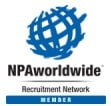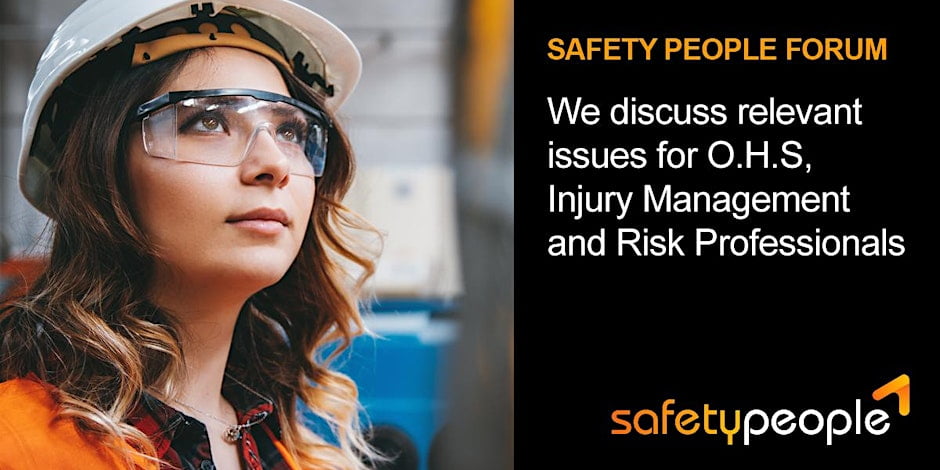4 things that “the old” Manchester United can teach you about workplace injury prevention
Guest Blog, Scott Coleman – Preventure
There is no doubt that Manchester United is one of the greatest football clubs in the world, having enjoyed enormous success both domestically and on the European stage with numerous titles and trophies a testament to this success. It wasn’t luck that they landed these accolades but, rather years of hard work, dedication, team building and constant training and preparation. The team’s longest standing and most successful head coach, Sir Alex Ferguson, once said: “Winning a game is a short-term gain, building a club brings stability and consistency.” As any football fan will know, they are currently trying to rebuild to get back to these glory days.
This winning mentality along with a competitive advantage in the field of rehabilitation and fitness became Manchester United’s winning formula during that era.
Whilst the boardroom and locker room may appear worlds apart, companies can learn a lot about achieving success and productivity in the workplace by emulating Manchester United. In the same way that any sporting team needs the tools to protect and enhance the performance of their most valuable assets – the players – companies need to be equipped with the skills to protect their employees and create a safe and productive work environment.
In the constant quest for an effective and efficient workforce, there are four ways business leaders can apply this sports science within their organisation.
1. Creating the ultimate Workplace Athlete
To prolong the careers of star players, there has been decades of scientific research into injury prevention and management methods. As a result, sports science utilises the most comprehensive technology to maximise athlete performance, while minimising injury risks. The result – an engaged and productive team that consistently delivers results at the top level.
The good news for Australian companies is that several of the principles and techniques utilised by leading sports teams can also be applied in the workplace.
By taking a proactive approach to injury prevention and performance analysis, businesses can manage the physical capacity of their workforce and in turn, create the ultimate Workplace Athlete.
2. Minimising the risk of injury
Similar to when a player on the field gets injured, the longer an employee is unable to work due to injury, the greater the impact is on the performance of the business. However, by applying effective sports science and injury management procedures, companies can predict and prevent injuries in the workplace and even ensure that employees who have had a work related accident return to full capacity, without risk of re-injury, as soon as possible.
By using movement analysis technology, businesses are able to minimise the risk of injury by:
Identifying and quantifying the specific physical demands of the work tasks
Systematically monitoring work fatigue and predicting injury risk using the same equipment, techniques and processes developed to monitor fatigue in elite athletes
Improve worker capacity through conditional programs, which perform the movement patterns involved in work tasks, thereby improving their resilience to the workload
3. Maximising individual worker performance
Employee performance and business success are intrinsically linked. In order to maximise individual worker performance, movement analysis tools and supporting research are used.
The first key step is to understand the factors that influence their work tasks, from emotional to physical demands. For example, best practice from high performing companies calculate the maximal work tasks of any employee that is best suited to their fit and healthy lifestyle.
4. Fitting the worker to the task
The application of sports science to the workplace can help ‘fit the worker to the work task’. In particular, programs are put in place to identify the physical capacity of new employees in the pre-employment screening that is specifically created to reflect the physical demands of the work tasks.
If you found this article interesting or want to learn how wearables can evolve the safety conversation in your business, then join us for our upcoming event – 11 June 2020.



